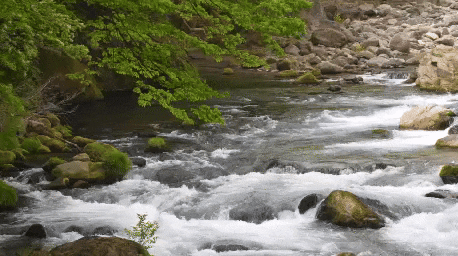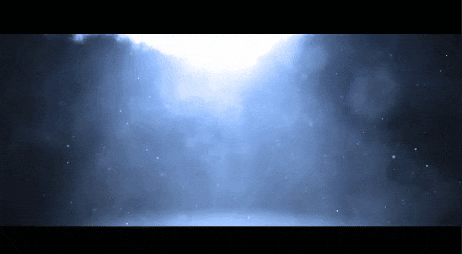Finding the perfect free stock footage can feel like searching for a needle in a haystack, especially when you're short on time or working with a tight budget. However, there are several sources where you can get royalty-free video clips online that can instantly level up your content.
You can use these clips to enhance your YouTube videos, polish up your social media ads, or add more flair to your next presentation. In this blog, we will provide you with the best sites and sources where you can find high-quality stock footage. We'll also give you a comprehensive guide on how to use these clips safely.

In this article
Part 1: Overview of Stock Video Footage
Before we proceed, it's important for you to understand what stock video footage actually is and why it's widely used. Also, knowing license types ensures you use free stock video footage legally.
What Is Stock Video Footage?
Stock video footage, also known as stock video or archive footage, refers to pre-recorded video clips that are licensed for use in various media projects. Instead of filming original material, filmmakers, content creators, and businesses can purchase or license these existing clips to incorporate into their productions.
Many creators use stock footage to save time and money. For example, instead of flying a drone to get an aerial city shot, you can just drop in a clip that already exists. It's a quick way to make your content look professional without doing all the filming yourself.
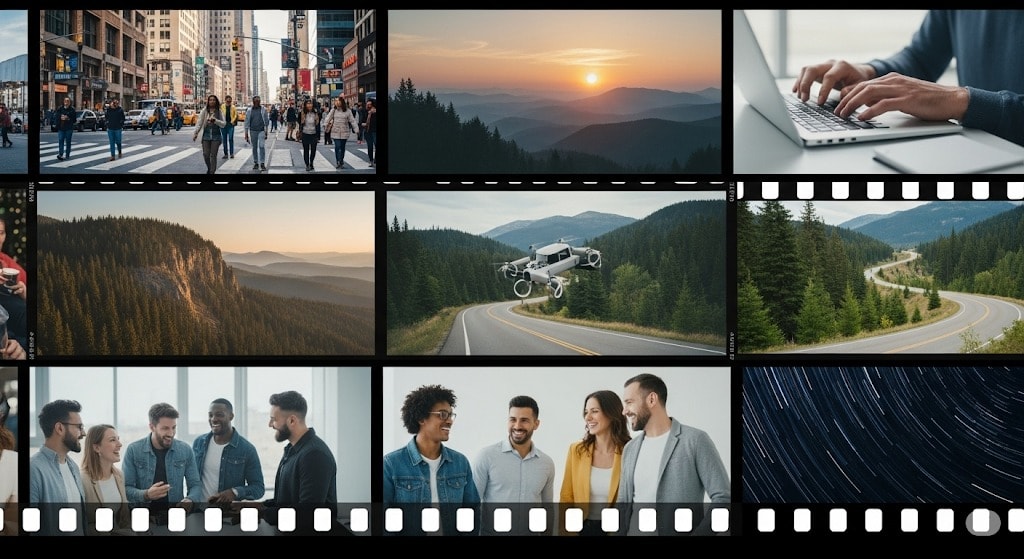
Types of Video Stock Footage Licenses
Now, not all stock footage is the same. Some clips are totally free to use, while others come with rules. It all depends on the license. Here are the three most common types of licenses you'll come across:
1. Royalty-Free
Royalty-free is the most common license. You pay once, or get it free, and can reuse the video as much as you like. However, keep in mind that you still need to follow some rules, which include no reselling.
2. Creative Commons
On the other hand, Creative Commons (CC) videos are shared freely by creators. But you need to be careful because while some allow commercial use, others don't. Most times, you need to give credit to the original creator.
3. Editorial Use Only
Editorial footage is meant for news, documentaries, or educational content. That means you can't use it for ads or marketing. For example, showing a celebrity at an event is fine in a news-style video, but not in a commercial.

Can You Use Free Stock Footage for Commercial Use?
The short answer is yes, but only if the license allows it. "Commercial use" means you're using the video in any content that makes money or promotes a product, brand, or service. This includes YouTube videos with ads, social media posts for your business, online courses, and digital ads.
While some free stock footage is approved for commercial use, others are not. That's why you need to check the license before you download or use a clip. Look for "royalty-free for commercial use" or "no attribution required".
Part 2: 18 Different Built-in Stock Footage to Explore
While there are other best stock video footage sites, Wondershare Filmora is a better option because it offers something special. It is a great video editing software that comes loaded with a wide variety of built-in stock footage. Each category brings a different flavor to your videos.
Let's explore them one by one and see where they work best:
Part 3: How to Use Stock Footage When Creating/Editing Videos
Whether you are a pro or a beginner in video creation, this easy-to-follow guide will show you how to professionally add stock video footage to your video projects:
Step 1: Launch Filmora and Start a New Project
- Open Filmora and click on "New Project"
- Import your video clips and drag them into the timeline.

Step 2: Open the Stock Media Library
- Click on "Stock Media" and explore the footage available on Filmora
- Use the search bar to look for specific themes or subjects
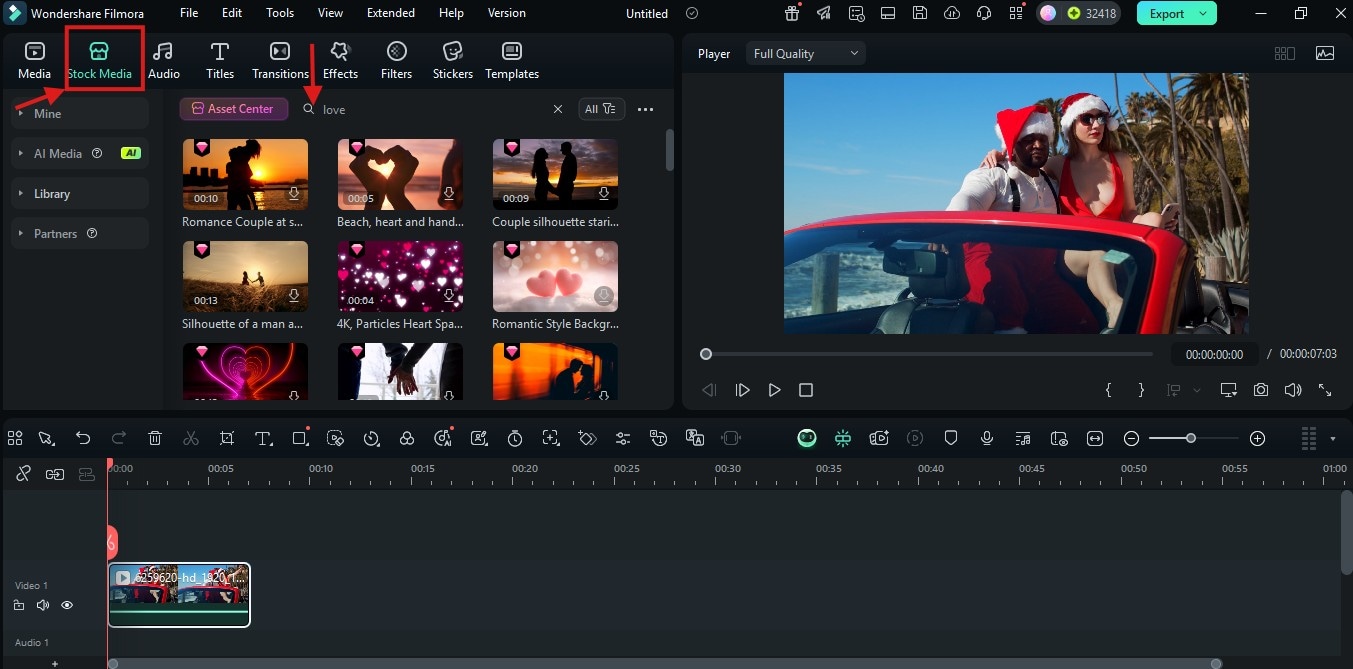
Step 3: Download and Add Stock Footage
- Once you find a clip you like, click the download icon (↓) to download it.
- Drag and drop the stock clip onto your timeline.
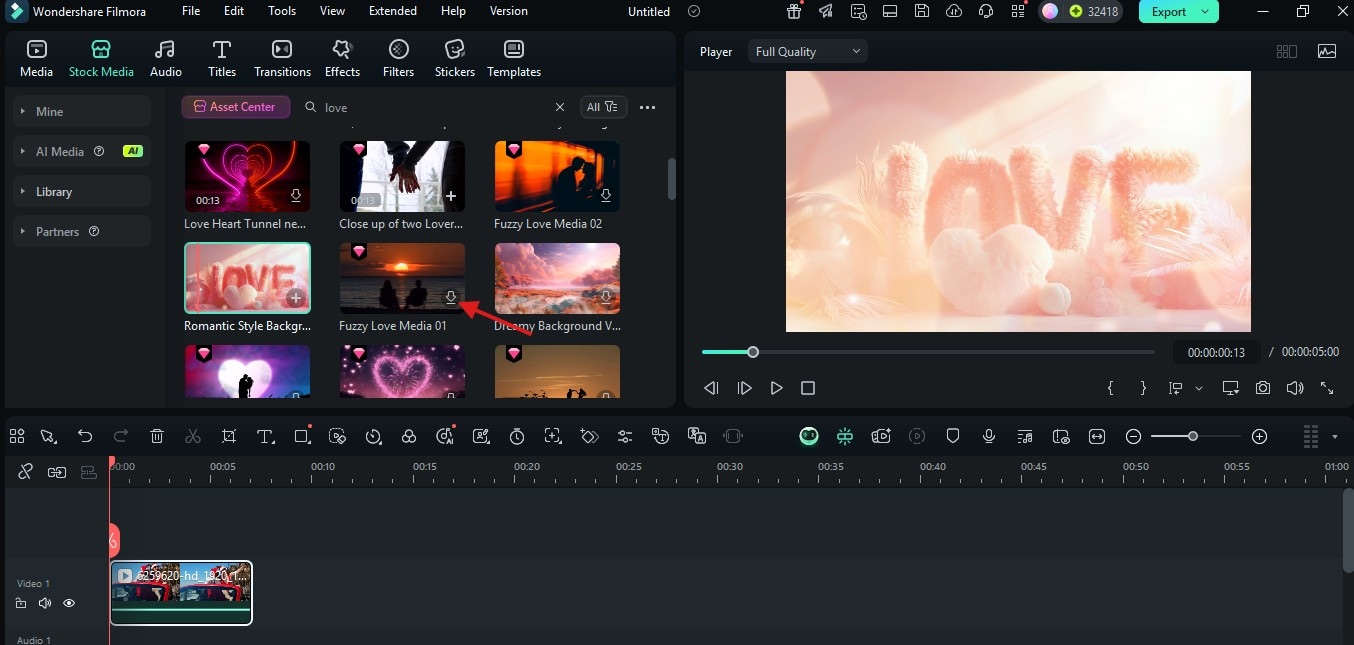
Step 4: Edit and Customize the Stock Clip
To make the stock footage blend naturally into your video, simply:
- Trim edges by dragging the ends
- Use the scissors icon to split clips
- Resize or reposition footage in the preview window
- Apply filters, transitions, or motion effects from the top menu
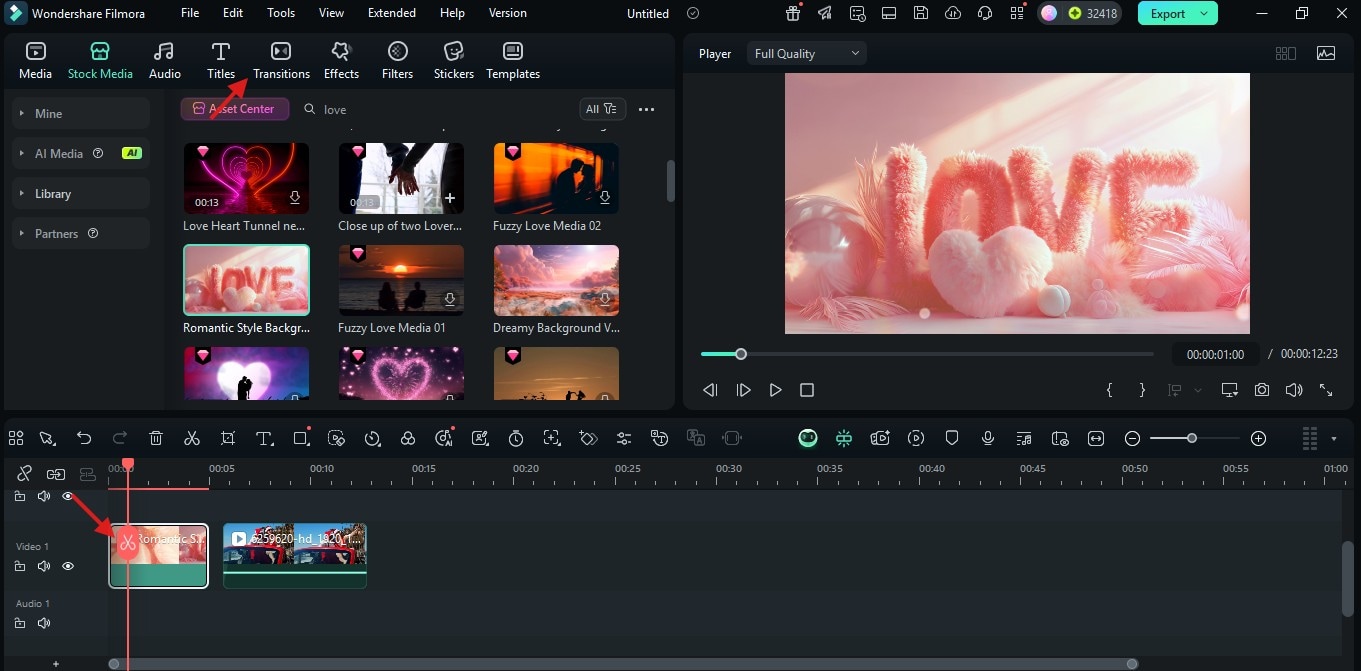
Step 5: Export Your Final Video
- Click "Export" at the top-right corner
- Then select the format, resolution, and video quality you want to save your video in.
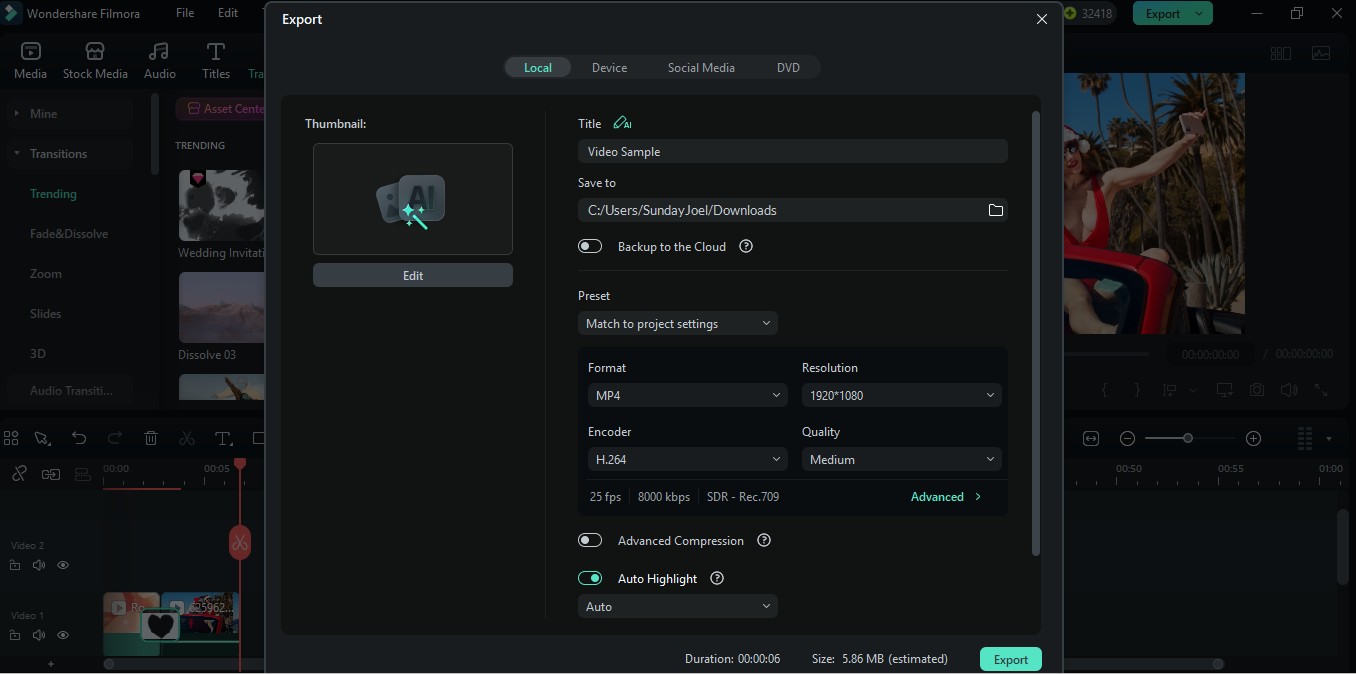

Part 4: Things to Keep in Mind When Using Stock Footage
Using free stock footage can really add creativity to your videos; however, there are a few things to remember:
1. Always Check the License
Just because a clip is labeled "free" doesn't mean you can use it however you want. For example, some clips are only for personal projects, while others require attribution. So, before using any footage in YouTube videos, ads, or paid content, take a minute to read the license. It's a small step that will protect you from copyright claims.
2. Avoid Overused Clips
Popular footage can get generic, especially if your audience has seen it in other videos. Instead of using the first clip you find, dig a little deeper into the library. With this, your final edit will feel fresher and more unique.
3. Edit to Match Your Brand or Story
A stock clip may not be perfect on its own—but a little editing can make it feel like it's truly yours. You can add color grading, text overlays, or effects to fit your brand's tone or video mood. This helps keep everything consistent and more engaging.
Conclusion
You have seen how free stock videos can save time, boost quality, and unlock your creativity, even if you don't shoot a single frame. With the right sources and tools like Filmora, you can bring your stories to life easily and safely. So, try using stock footage in your next project and see the difference.



 100% Security Verified | No Subscription Required | No Malware
100% Security Verified | No Subscription Required | No Malware

